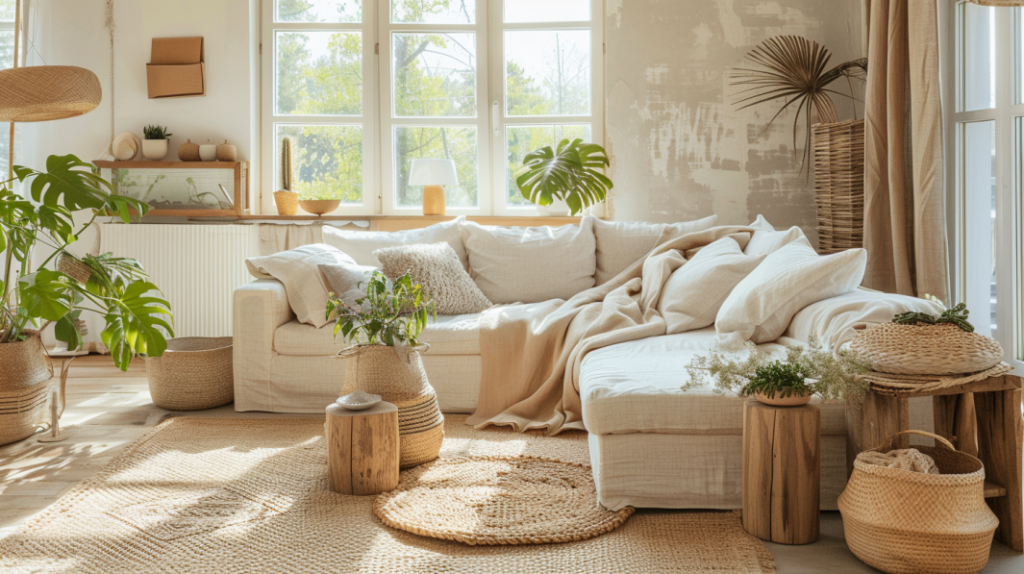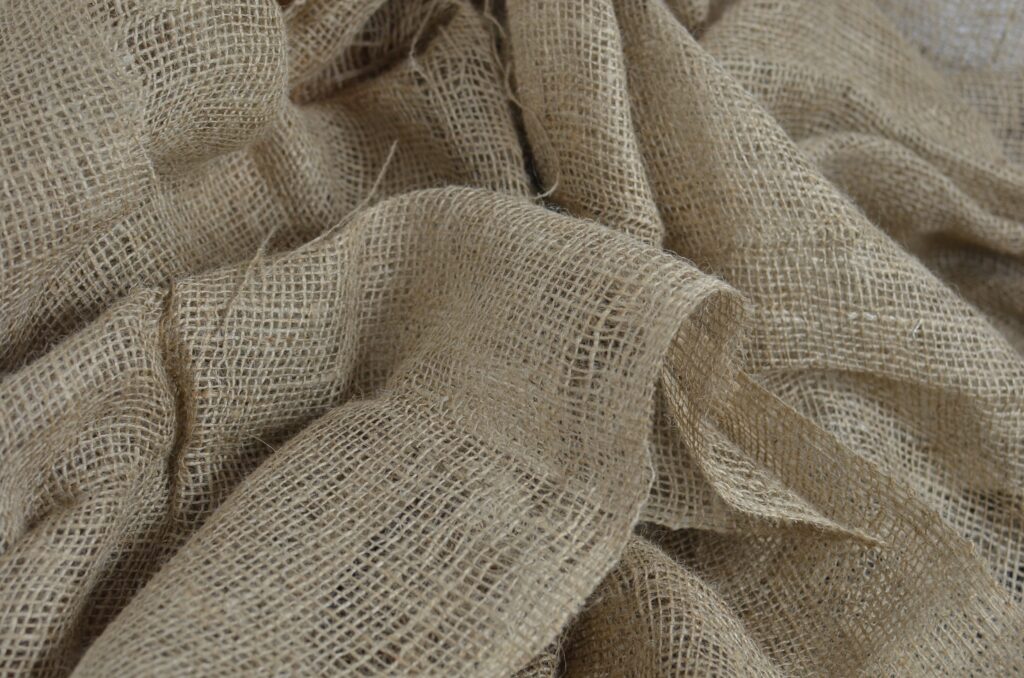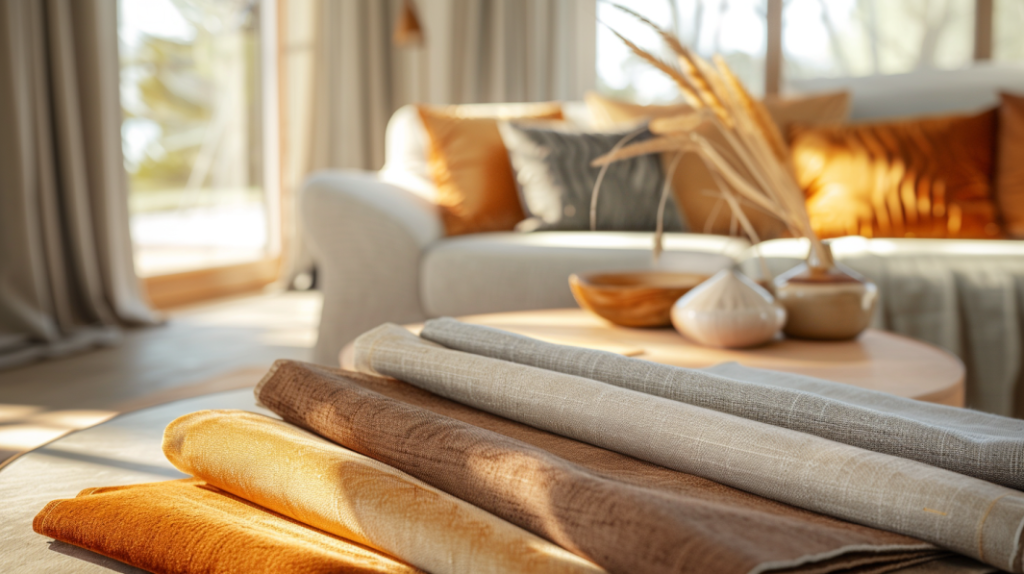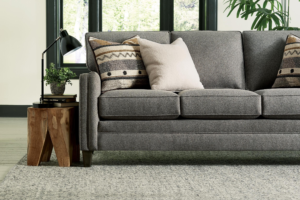Choosing the right fabric for your furniture is a crucial decision that impacts not only the aesthetics of your home but also the comfort, durability, and maintenance of your furniture. Selecting the perfect fabric requires balancing multiple factors such as style, lifestyle needs, and budget. With a wide range of fabrics available, making an informed decision ensures that your furniture remains both functional and beautiful for years to come.
This guide will walk you through the key considerations when choosing fabric for your furniture and help you determine the best options for your specific needs.

Key Factors to Consider When Choosing Fabric for Furniture
1. Durability
One of the most important factors to consider when selecting fabric is its durability. The fabric you choose should align with how much use your furniture will receive.
- High-traffic areas: If the furniture will be placed in high-traffic areas like the living room or a family room, opt for fabrics that are durable and resistant to wear and tear. Microfiber, leather, and performance fabrics are excellent choices for high-use furniture.
- Light use: For furniture in less frequently used spaces, such as a formal sitting room or bedroom, fabrics like velvet or silk can add a luxurious touch while still holding up well over time.
To measure fabric durability, check its rub count (also known as double rubs). This measures the fabric’s resistance to abrasion and is a good indicator of how well it will hold up over time. Fabrics with a rub count of 15,000 or higher are ideal for heavy use.
2. Comfort

Comfort is essential, especially for frequently used furniture. The softness, breathability, and texture of the fabric will affect how comfortable the furniture feels.
- Soft fabrics: Cotton, linen, and velvet offer a soft, comfortable surface, making them ideal for lounging and relaxing.
- Breathability: In warmer climates or for those who prioritize cooling fabrics, natural materials like linen and cotton are more breathable than synthetic options.
- Temperature control: Leather can be cooler to the touch in colder months, while fabrics like wool provide a warmer, cozier feel.
3. Style and Aesthetic

The fabric you choose should complement the overall design and aesthetic of your home. Different fabrics convey different design styles:
- Traditional interiors: Fabrics like brocade, damask, or velvet enhance traditional, elegant settings.
- Modern or minimalist interiors: Opt for sleek materials such as microfiber, linen, or performance fabrics in solid colors or subtle textures.
- Casual spaces: Cotton, denim, or linen fabrics create a relaxed, inviting atmosphere.
- Luxurious spaces: Fabrics like silk or velvet can elevate the elegance and sophistication of a room.
Consider the color and pattern of the fabric, too. Solid colors create a classic, versatile look, while bold patterns can make a statement. Neutral colors are timeless and offer more flexibility with other decor, while vibrant hues or geometric patterns can serve as a focal point in a room.
4. Ease of Maintenance

Maintenance is a critical factor, particularly for families with children, pets, or households that experience frequent spills and stains. The fabric you choose should be easy to clean and maintain based on your lifestyle.
- Performance fabrics: Designed specifically for high-traffic and active households, these fabrics are often stain-resistant and easy to clean. They repel liquids and prevent dirt from penetrating, making them ideal for families and pet owners.
- Microfiber: This synthetic fabric is highly durable and resistant to stains and spills, making it one of the easiest fabrics to maintain.
- Leather: While leather is relatively easy to wipe clean, it can be susceptible to scratches and requires occasional conditioning to maintain its look.
- Natural fibers: Fabrics like cotton or linen can stain more easily and may require professional cleaning. Pre-treated stain-resistant options, however, are available for easier care.
5. Color and Pattern Selection

The color and pattern of the fabric play a significant role in how the furniture integrates with your home decor. When choosing color and patterns, consider the following:
- Light vs. dark colors: Darker colors are generally more forgiving in terms of showing stains and dirt, making them better for high-use areas. Lighter colors, while fresh and airy, may require more frequent cleaning.
- Patterned fabrics: Patterns, especially those with intricate designs or textures, can help mask stains and wear over time. Stripes, florals, or geometric designs can add visual interest and make a statement.
- Neutral tones: Neutral colors like beige, gray, or taupe provide versatility and can be easily paired with accent pillows or throws to change the look of the room without reupholstering.
- Color fading: If your furniture will be placed in direct sunlight, consider how colorfast the fabric is. Fabrics like linen and cotton tend to fade faster in sunlight, while synthetic fibers like polyester hold color better over time.
6. Allergies and Sensitivities

If anyone in your household has allergies or sensitivities, it’s important to choose fabrics that are hypoallergenic or less likely to attract dust and allergens.
- Leather: Leather is a great choice for allergy sufferers because it doesn’t harbor dust mites, pet dander, or other allergens, and it’s easy to clean.
- Microfiber: This fabric repels allergens and is easy to maintain, making it a good option for those with sensitivities.
- Avoid heavy weaves: Fabrics with loose or heavy weaves can trap more dust and allergens, making them less ideal for households with allergy concerns.
7. Environmental and Ethical Considerations

For eco-conscious consumers, the sustainability and ethical production of the fabric may be a deciding factor.
- Natural fabrics: Materials like organic cotton, linen, and wool are renewable resources and more eco-friendly than synthetic alternatives. They are biodegradable and require fewer chemicals during production.
- Recycled fabrics: Some companies offer recycled polyester or blends made from post-consumer materials, which reduce waste and lower environmental impact.
- Leather alternatives: If you prefer to avoid animal products, consider eco-friendly leather alternatives like vegan leather or recycled faux leather, which offer a similar look and feel without using animal hides.
Types of Fabrics and Their Benefits
1. Cotton

Cotton is a natural fiber that is highly versatile, breathable, and comfortable. It comes in various weaves and qualities, ranging from casual to more refined options.
Pros:
- Breathable and soft: Cotton is comfortable and naturally absorbent, making it an excellent option for casual furniture.
- Variety of styles: Available in a range of patterns, colors, and textures.
- Affordability: Cotton is relatively affordable and widely available.
Cons:
- Prone to stains: Cotton absorbs spills quickly and can be more challenging to clean.
- Fading: Cotton can fade over time, especially when exposed to direct sunlight.
2. Linen

Linen is a natural fabric made from flax fibers, known for its relaxed look and cool, breathable feel.
Pros:
- Breathable and cool: Linen is ideal for warmer climates or summer months.
- Natural look: Its slightly wrinkled appearance adds a casual, lived-in charm.
- Eco-friendly: Linen is a sustainable, biodegradable material.
Cons:
- Wrinkling: Linen tends to wrinkle easily, which may not appeal to everyone.
- Less durable: Linen is not as durable as synthetic or tightly woven fabrics.
3. Leather

Leather is a luxurious, durable material that adds elegance and sophistication to any room. It ages beautifully and develops a patina over time.
Pros:
- Durability: Leather can last for decades with proper care.
- Easy to clean: Spills can be wiped off easily, making it great for families and pet owners.
- Timeless appeal: Leather works in both traditional and modern spaces.
Cons:
- Cost: High-quality leather can be expensive.
- Scratch sensitivity: It can be susceptible to scratches, especially in homes with pets.
4. Microfiber

Microfiber is a synthetic fabric made from polyester and is known for its durability, affordability, and resistance to stains.
Pros:
- Durability: Microfiber is resistant to wear and tear, making it ideal for high-use furniture.
- Stain-resistant: It repels water and stains, making it a great choice for families with children or pets.
- Soft texture: Despite being synthetic, microfiber is soft and comfortable.
Cons:
- Attracts dust and pet hair: Due to static, microfiber can attract dust, lint, and pet hair.
- Less luxurious: While durable, microfiber may lack the luxurious look and feel of natural fabrics.
5. Velvet

Velvet is a soft, plush fabric with a luxurious appearance, often used in formal or elegant settings.
Pros:
- Luxurious feel: Velvet is soft, warm, and adds a sense of luxury and sophistication to any space.
- Rich colors: Velvet is available in deep, vibrant hues that can create a dramatic focal point.
Cons:
- Maintenance: Velvet can attract dust and pet hair, and it requires regular maintenance to keep it looking its best.
- Not as durable: Velvet is not as durable as other fabrics and may show wear in high-use areas.
6. Performance Fabrics
Performance fabrics are engineered for durability, stain resistance, and easy maintenance. They are ideal for busy households.
Pros:
- Highly durable: Performance fabrics are designed to withstand heavy use and resist fading, stains, and spills.
- Easy to clean: Most performance fabrics can be cleaned with just water or mild soap.
- Wide variety: Available in many colors, textures, and patterns.
Cons:
- Cost: Performance fabrics can be more expensive than standard fabrics, though they offer long-term value due to their durability.
Conclusion: How to Choose the Best Fabric for Your Furniture
Selecting the right fabric for your furniture depends on several factors including durability, comfort, style, and maintenance needs. For high-traffic areas or families with pets, performance fabrics, microfiber, or leather offer excellent durability and easy maintenance. If you prefer a more luxurious look, velvet or linen can add elegance and sophistication, though they may require more care. Consider your lifestyle, design preferences, and budget to make an informed choice that will ensure your furniture remains functional and stylish for years to come.











